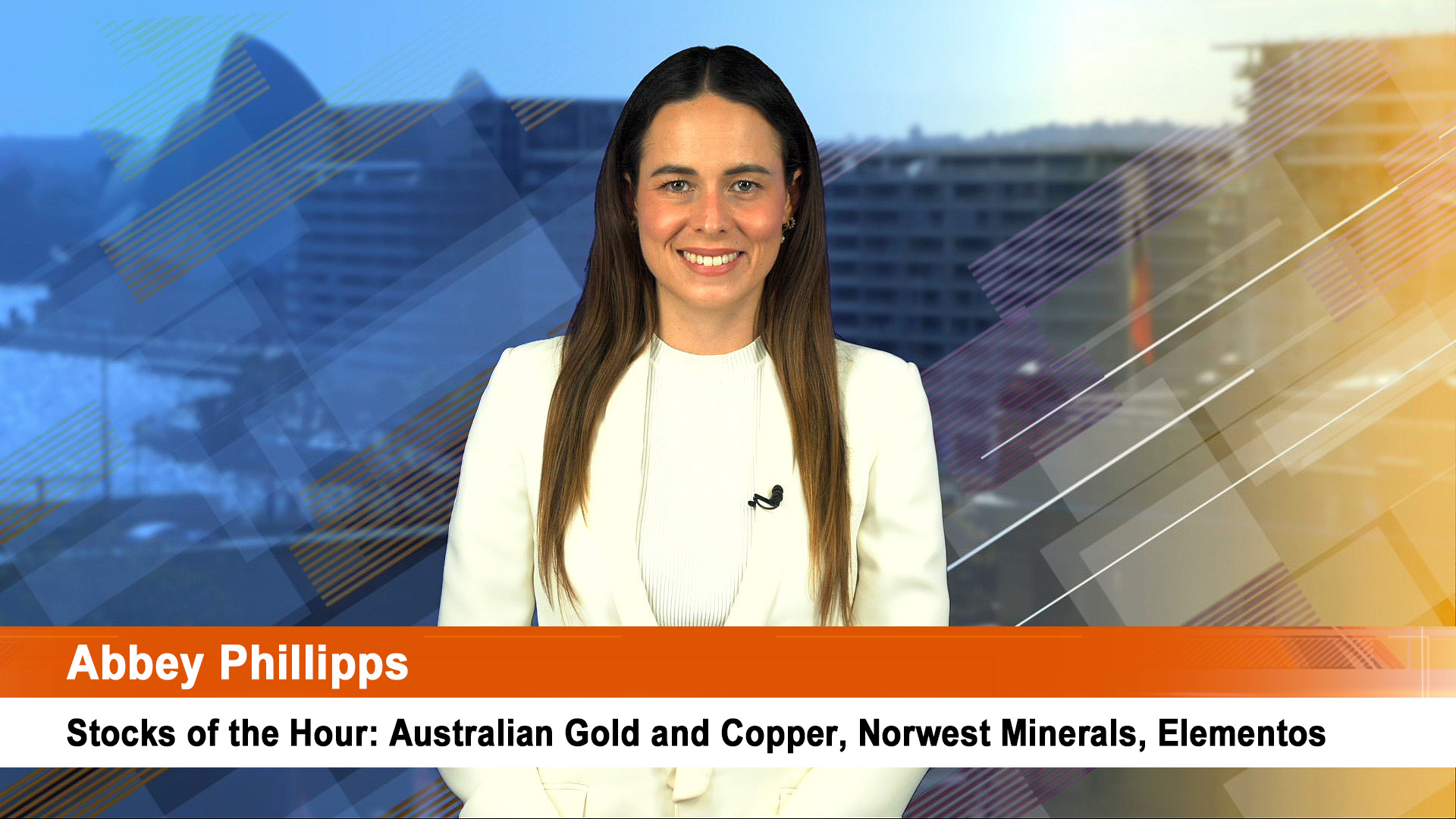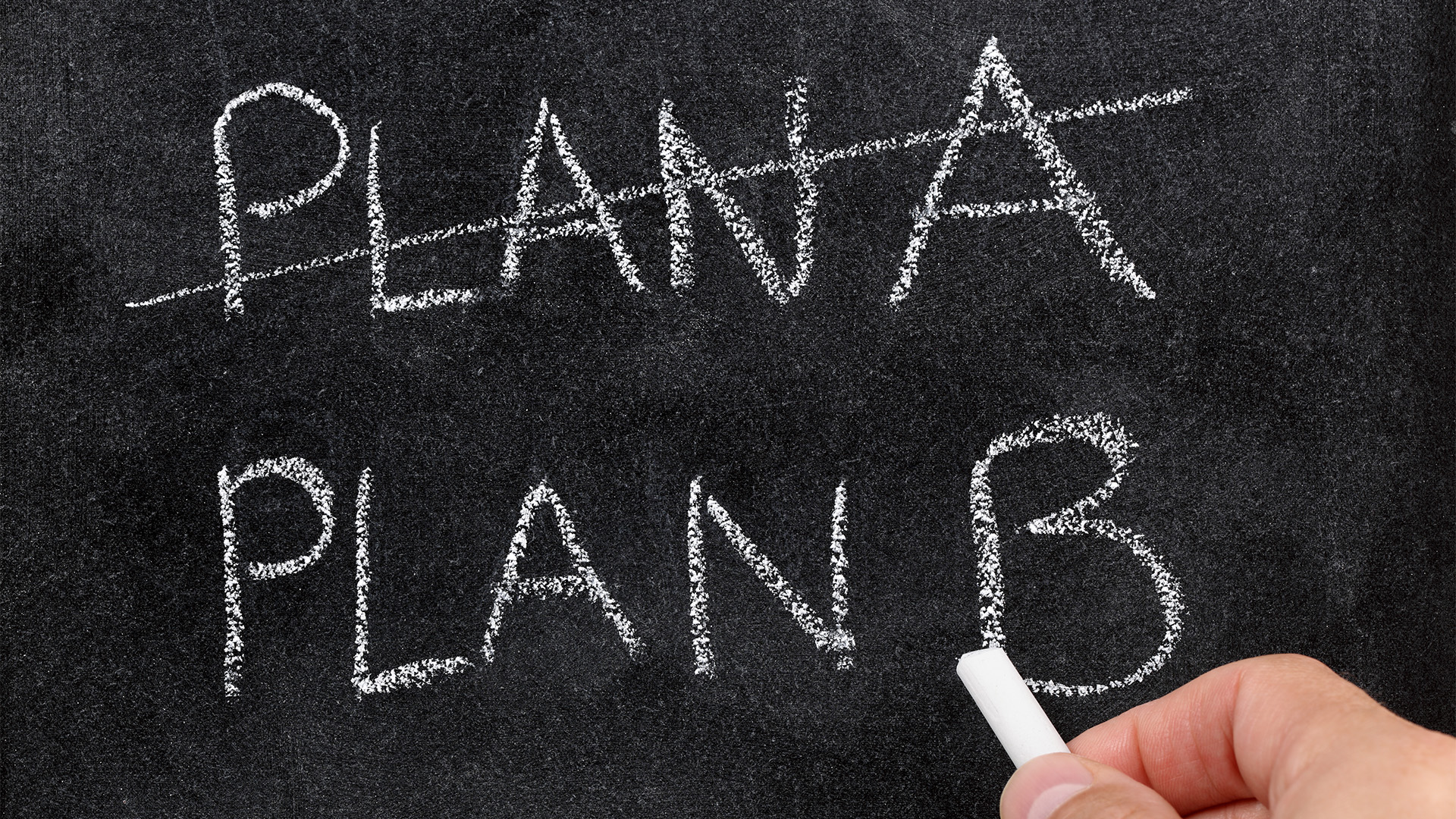Once again markets have looked at China’s monthly trade figures and fretted and fussed about a slowdown or a bust in 2013 (why?) or suggested that the economy is heading into no man’s land.
We will get more of this tosh later today when the second round of data for inflation, production, investment and retail sales are released.
According to figures yesterday Chinese bank loans were down in May in something of a surprise.
The country’s central bank said Chinese financial institutions issued 551.6 billion Yuan ($US85 billion) of new loans in May, some 25% lower than the 739.6 billion Yuan of loans in April.
The market had been looking for 650 billion, another example after the trade data, of how economists are floundering at the moment in working out what is happening in China.
Naturally the same analysts who missed the forecast now reckon they raise the prospect of a hard landing!
Today’s inflation is likely to be around an annual 5.5% according to stories in the official Chinese media (see below).
But the trade figures, specifically imports, confirmed that the Chinese economy isn’t in any trouble, that it is slowing, but is still consuming huge amounts of oil, iron ore, coal, copper (down though), lead, zinc, aluminium, grains and other foodstuffs (see separate story).
Volumes have slowed but higher, or near record, prices continue to keep the value of imports high.
And prices for iron ore, coal, oil, grains, copper and other metals are all above the levels of a year ago.
The prevailing tone to the reports of May’s trade performance was that the surplus of $US13.05 billion was somehow negative because it was smaller than forecast.

But like the initial reaction to the two Chinese manufacturing activity surveys at the start of June (weak to start with, then not bad when reports from the rest of the world were in), the early reaction to the trade figures was muddleheaded to say the least.
The surplus was bigger than April’s $US11.4 billion, but nearly all the commentary neglected to point out that the surplus was also the highest of the year so far (and remember the country ran a trade deficit in the first quarter).
So-called experts and economists had forecast a surplus of $US18 to $US20 billion, and when the actual figure was far short of that artificially-constructed level, it was described as being a sign of a slowing, sluggishly running economy by the more alarmist writers.
The "surprisingly narrow" (to some forecasters) surplus was largely due to a 28.4% jump in imports from May 2010 (which featured a 21.8% rise in imports) to $US144.11 billion.
Exports slowed to a 19.4% year-on-year growth rate (to $US157.16 billion), down from the 30% jump in April.
In the first five months, trade surplus fell 35.1% year-on-year to $US22.97 billion.
If the surplus continues at its May level for the rest of the year, it will be less than $US120 billion, sharply lower than the $US186 billion in 2010.
And by the way, the $US157.16 billion worth of exports sent overseas in May was still a record high for a single month.
And in a bit of news that will raise eyebrows in the west, a commentary in a newspaper backed by China’s central bank argued yesterday that another interest rate rise is still needed in China because of still rising food and non-food prices.
The article in the People’s Bank of China-backed Financial News said pork has already risen to new highs and vegetable prices have been rebounding since mid-May, meaning the consumer price index for May is likely to have risen at its fastest pace in two years.
The commentary argued that it is especially necessary to raise deposit rates to bring them above the rate of inflation.
The article dismissed the notion, recently voiced by some parties in China, that monetary policy is too tight and is restricting access to credit by small and medium companies.
Access to credit has long been a problem for small and medium companies in China and should be dealt with in ways other than loosening overall policy, it said.
If today’s inflation rate is 5.5% or more in May (annual) then a rate rise might happen by the weekend.













